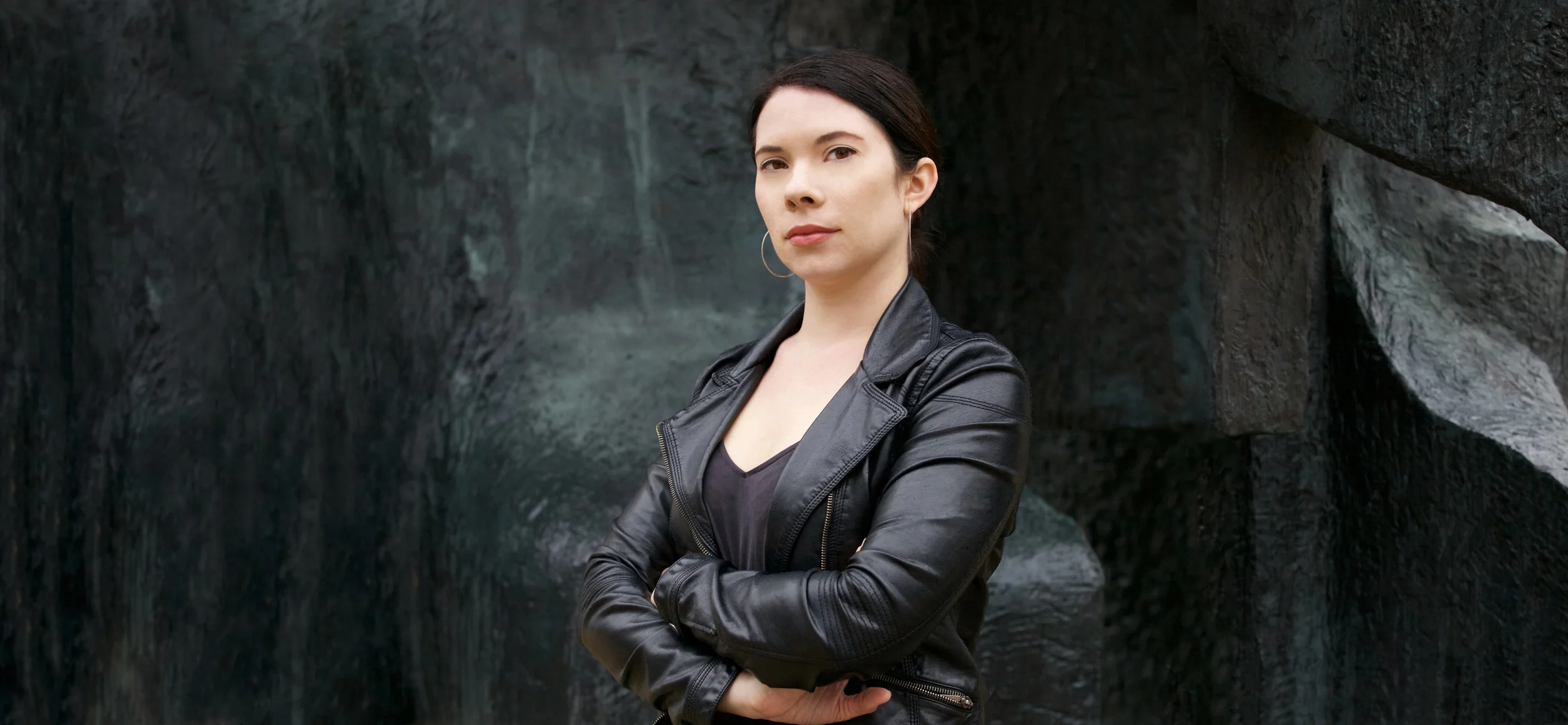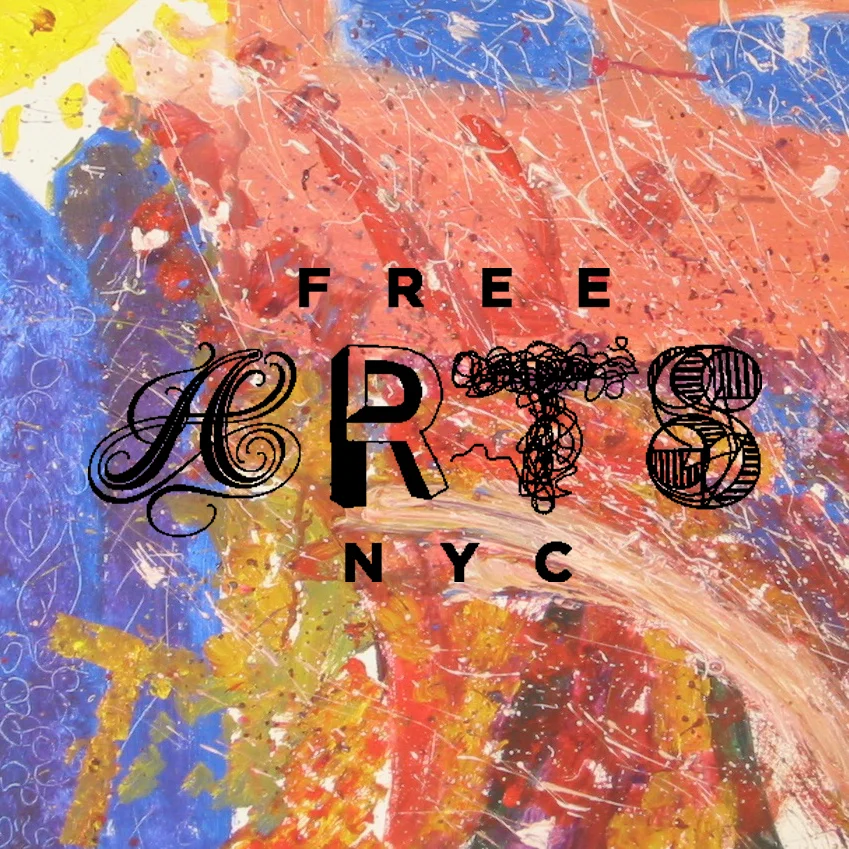



About
Kelsey Witte
UX/UI DESIGNER
About
Kelsey Witte
UX/UI DESIGNER
Curiosity about life in all its aspects is the root of creativity
I am a critical and analytical thinker who loves to tell a visual story. I am interested in how a product can reflect the human experience, like a work of art that speaks a strong cultural language. I’ve always preferred art and design that can be experienced, creating a cohesive outlet for the viewer’s complete set of senses. I like to be vibed. I absorb environments, breathe new people, and observe motivations and interactions. Like a performance artist, I can’t help but emulate, participate and create.
As a creative experience designer, I bring digital products alive to reach living, breathing human beings. I focus on designing with insight, UX research, cross-team collaboration, stakeholder engagement, and ideation facilitation. I believe in the power of making solutions tangible through a variety of mediums. Through trips abroad, spending time in meditation, and being out amongst the trees, I draw my inspiration from cultural exploration and mindful practices.

Work
Work

Process
Process
Process
Process
How
I follow a research-based design thinking UX process, with a divergent/convergent flow. Stages in my process are tweaked along the way to suit each project objective and pivot if needed based on new information. This is my process, with example case studies below:
1) Start
Make a Plan. Begin with the brief. Meet with the key stakeholders, determine their goals, define success and failure. Create a project plan with objectives, projected timeline, and deliverables.
2) INVESTIGATE
Analyze & dig for information. What are the stakeholder goals? What are user behaviors and needs? Involves stakeholder interviews, generative + evaluative research, and studying the competitive market.
3) DECIPHER + EMPATHIZE
Synthesize the qualitative & quantitative data. Identify the research patterns (based on behaviors, context, pain points, and pleasure points). Define and understand the users, the business, the market. Refine the project goals and establish guidelines for the minimum viable product.
4) Actualize + Test + Evolve
Ideate, build, validate, iterate (rinse and repeat). Several rapid design cycles with sketching, prototyping, usability testing, and design iterations. The number of cycles is determined by resources, stakeholder involvement, constraints & timeline.
5) Finish
Present research-validated solution and next steps to managers or clients. Pass over deliverables artifacts.










